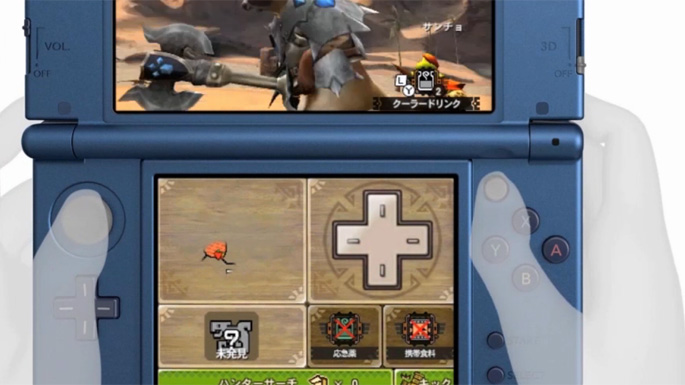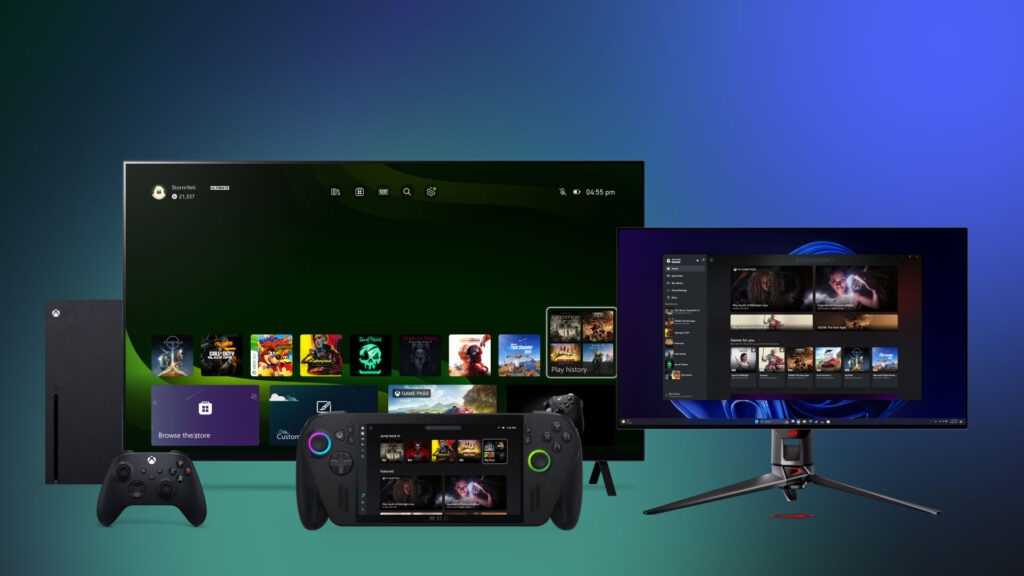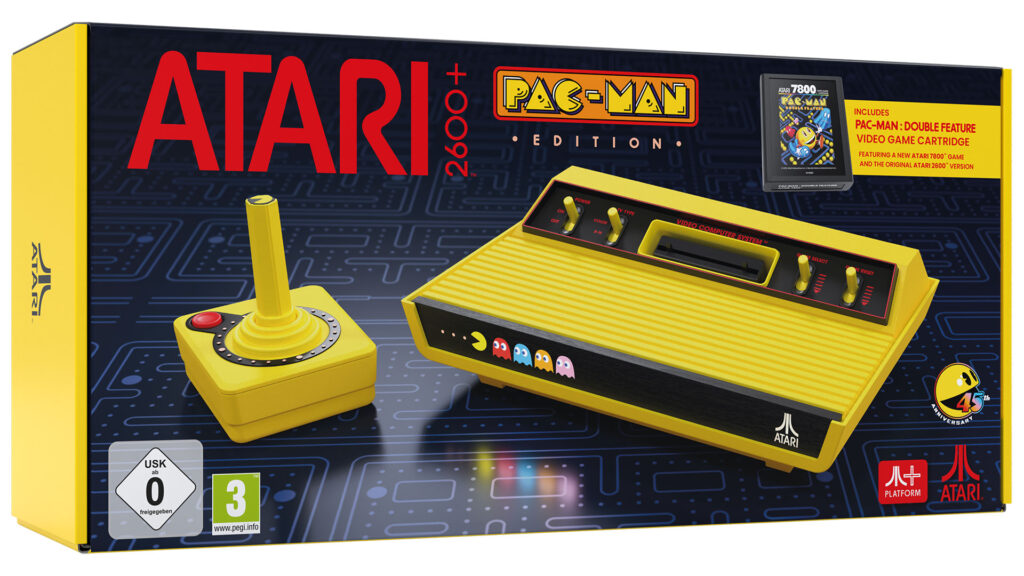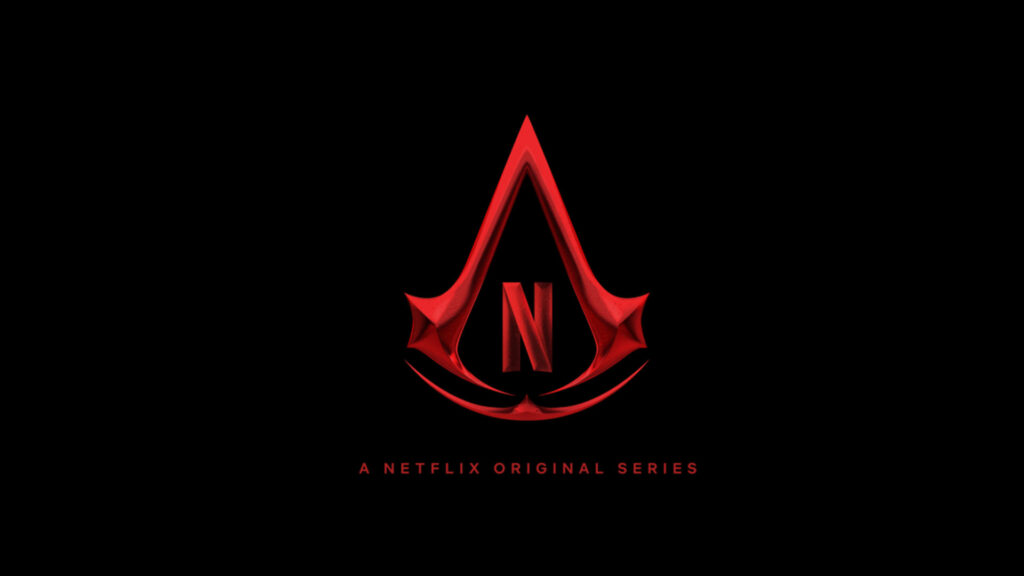Today, Nintendo revealed the New 3DS and 3DS XL handheld consoles that will be released in Japan later this year and will likely be heading to other markets next year. While the idea of Nintendo releasing updates to its handheld consoles isn’t anything new, the New 3DS stabs tradition in the heart with the inclusion of exclusive games that only work on the new console. Though Nintendo has done this in the past with the DSi, it didn’t have exclusive titles such as Xenoblade Chronicles to boast about.
Unfortunately for those that currently own the 2DS, 3DS or 3DS XL consoles, they’ll miss out on future titles that take advantage of the New 3DS hardware, namely its more powerful processor. It’s ironic that the 2DS made complete sense when it was announced and now the New 3DS makes almost no sense to some.
The announcement has caused quite the controversy on the Internet and rightfully so, but the big question is, should gamers be worried that this will become a trend?

It’s a bitter thought considering Super Smash Bros. will be released this October for the 3DS and will likely bring on new buyers to the system. It’s alarming to think that those new buyers will have an outdated console in less than a year’s time and won’t actually be able to enjoy certain 3DS games because they’re only playable on the New 3DS. So why in the world would Nintendo think this would be acceptable to consumers?

The answer lies in one of the most popular products from this decade: the Apple iPad. Whether Nintendo will admit it or not, it has been keeping its eyes on the mobile gaming market either to protect its territory or to capture the attention of new, casual gamers. The mobile gaming market is profitable and the iPad is widely considered a huge success in the technology world. So how is it that the iPad draws parallel to the New 3DS?
Simple. Apple churns out new iPad models like clockwork, with each iPad getting minor improvements in terms of functionality and usability, but major changes to battery life and processor speed. As a result, certain apps and games aren’t compatible with older iPad models. Perhaps Nintendo believes that the mobile gaming market understands new hardware iterations mean more powerful applications, then it’s acceptable to take a page out of Apple’s playbook. If one of the most successful companies of all time can get away with it, why can’t Nintendo? If certain games are only playable on the newer iPads, why would it be such a stretch that certain games are only playable on the newer 3DS?
The same argument could be made for PC gamers, where games are mandated to display their requirements to ensure that the game is even compatible on their PC. The problem is, both the iPad and PC serve other purposes than just playing games. Even if you’re a hardcore PC gamer, you use your computer to browse the Internet, watch YouTube videos, read news, etc. While the 3DS does have those secondary functions, no one buys a 3DS to serve those purposes – there’s literally multiple devices in our arm’s reach day-to-day that does it better, including a smartphone.
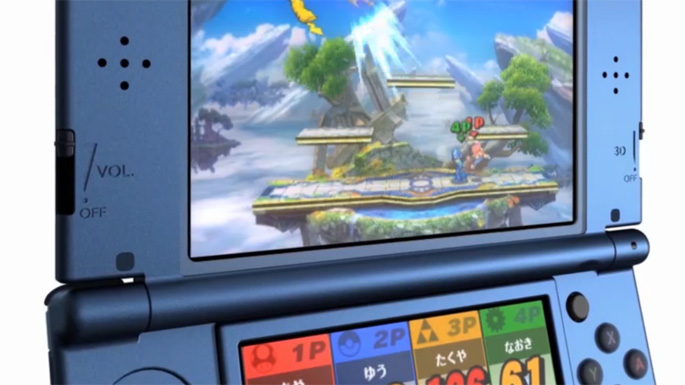
Therein lies the problem with Nintendo’s idea that the New 3DS is an acceptable proposition to current 2DS and 3DS owners. Despite its cheaper price tag, especially compared to an iPad, those purchasing the 3DS are purchasing it to mainly play games. No one’s buying a 3DS to watch YouTube videos or to browse the Internet, they’re buying it to enjoy Super Smash Bros. In Nintendo’s defense, we have yet to see how many games will be heading exclusively to the New 3DS and one could argue that developers will focus on the older hardware for its larger install base since the New 3DS is “backwards” compatible.
At the end of the day, the New 3DS is essentially a new generation for the portable console. It includes an additional C-stick, a pair of shoulder buttons, Amiibo compatibility, Micro SD support, auto-brightness adjustment, better battery life, enhanced 3D viewing and a sleeker design. It’s almost humorous that Nintendo is referring to the New 3DS just like Apple referred to its iPad as the New iPad – which didn’t work out all that well for them.
It is a possibility that Nintendo will discontinue the current 3DS and only offer the New 3DS in all markets, hoping to avoid confusing its consumers in the future. But the problem still lies with the younger audience and family members that will inevitably purchase games that are incompatible with the older 3DS and yet it still says the same 3DS name on the box.
To make matters worse, Nintendo doesn’t exactly make it easy for those to transfer over content from console to console, including digital purchases. In a way, the company is punishing its most avid fans with the New 3DS and there’s quite a few million out there.

It’s worth wondering if Nintendo could have avoided controversy by simply calling the New 3DS something else, but then the thought of a new-generation console in just three years time is a bit concerning. There aren’t enough advancements and improvements to call it an entirely new generation, but the fact that there are exclusive games differentiates it significantly from the existing 3DS.
For all the quality-of-life improvements that Apple has given us with the iPad in recent years, the company’s constant upgrading process and the general consumers’ acceptance of it has opened up the doors for other markets to follow in its footsteps. Only time will tell whether or not this will pay off for Nintendo.
Then again, even if the New 3DS XL is priced at $199.99 when it’s released, isn’t that significantly cheaper than the new iPad you just purchased that will be outdated in less than a year?

